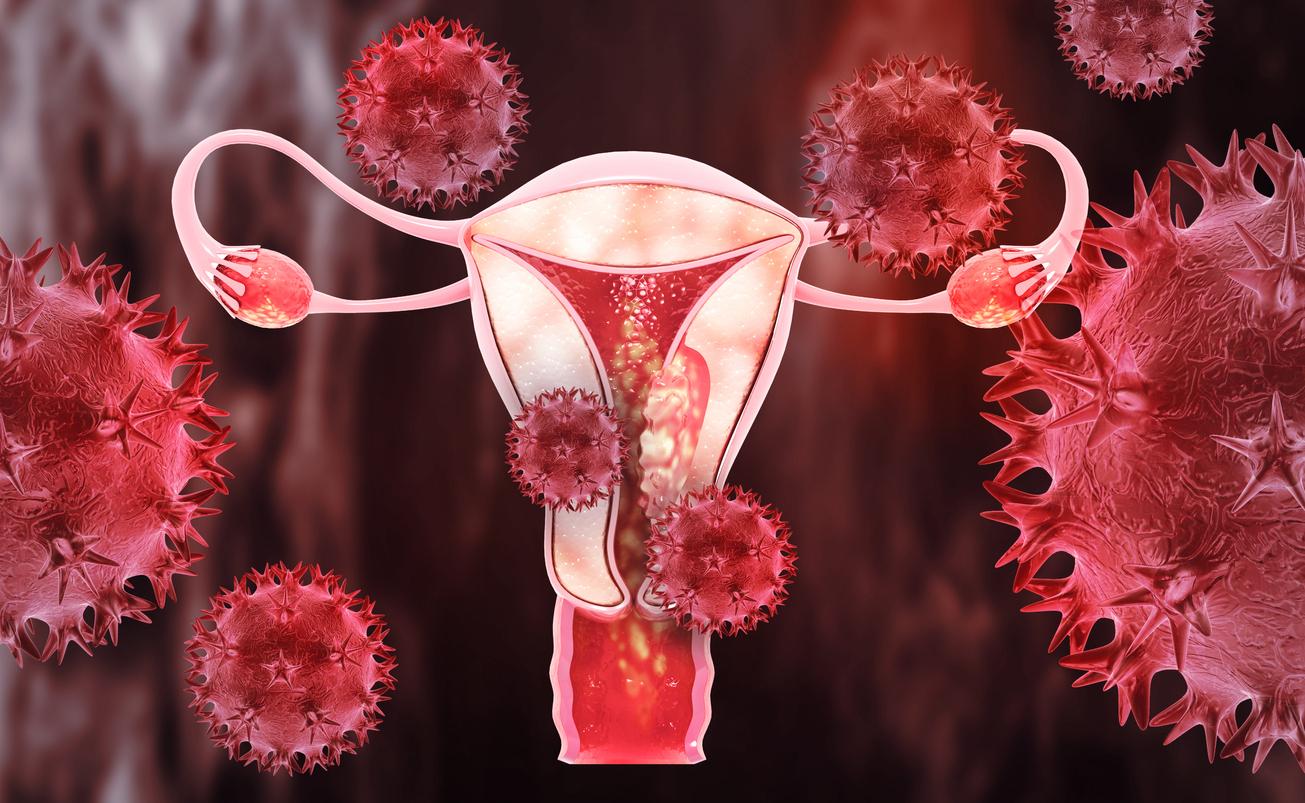Researchers have discovered the causes of high-grade serous carcinoma, the most aggressive form of ovarian cancer.

- High-grade serous carcinoma is a serious form of ovarian cancer.
- In a study on mice, researchers managed to identify cells involved in its appearance.
- Called hair cells, they develop from stem cells.
In 2023, more than 5,300 new cases of ovarian cancer will be diagnosed in France, according to theNational Cancer Institute. The disease can take different forms, among them, high-grade serous carcinoma. This particularly aggressive tumor develops in the fallopian tube. There is no specific tool for early diagnosis: today, it represents the sixth cause of cancer death among women. To improve screening and help reduce the mortality rate from this disease, researchers wanted to better understand the causes of this cancer. In Nature Communicationsthey explain having discovered a family of cells involved in its appearance: the so-called pre-ciliated cells.
Ovarian cancer: which cells are involved in the appearance of tumors?
The scientists used mice to carry out their work. First, they identified and characterized all the cells present in the uterine tube of rodents. “The question was to what extent these cells contribute to ovarian cancer.”specifies Alexander Nikitin, lead author of the research.
To understand their role, they were also interested in the genes to which these cells are linked. In humans, in cases of high-grade serous carcinoma, a gene called TP53 (Trp53 in mice) is mutated in more than 96% of cases. Also, components of a pathway controlled by the retinoblastoma 1 gene (RB1 in humans, Rb1 in mice) are altered in more than 60% of cases. “These two genes suppress tumors when functioning properly.”indicate the authors.
The role of pre-hair cells in the development of ovarian cancer
In previous research on high-grade serous carcinoma in the ovary, it was observed that stem cells are one of the main culprits in the development of cancer after inactivation of these two genes. In their study, the researchers inactivated them, they did not observe the development of cancer, but the death of stem cells. “They simply can’t live without Trp53, so instead of transforming the cells, you eliminate them“, says Alexander Nikitin.
He and his colleagues noticed that high-grade serous carcinomas formed in genetically modified mice after inactivation of Trp53 and Rb1 in cells expressing a gene called Pax8. Using computer analysis, they looked for cells that were not stem cells but expressed Pax8. “We discovered that there is a population of cells that really fits these criteriahe says. The cells appear to be premature ciliogenesis cells, or pre-ciliated transitional cells.”

Better understand ovarian cancer to better treat it
These develop from stem cells. “They are intermediaries in the lineage between stem cells and their final state, called hair cells, which allow the movement of fluids and eggs into the fallopian tube.develop the authors. For Alexander Nikitin, this study allows us to understand the origins of this particularly deadly cancer, but it also offers new scientific perspectives. “We also identified mechanisms that can potentially be used for new therapies and diagnostic tools.“, he concludes.
















